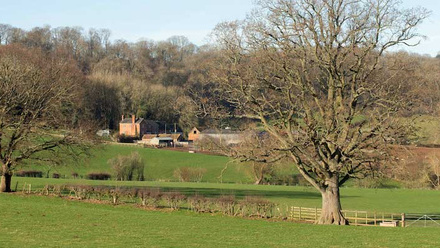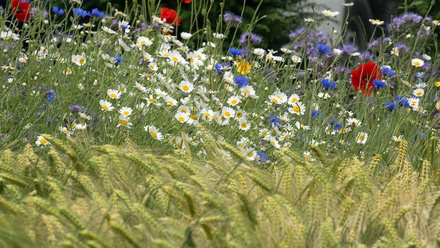ELMs Case Study: Isle of Sheppey, Kent
Summary
- One of a number of family-run businesses
- Arable and livestock farm
- Links to local nature reserves
- In all three Countryside Stewardship schemes
- Extensive environmental activities and practices
- Involvement in the local community
- Currently considering transition to ELMS
- Works closely with advisors on agronomy and agri-environment schemes
- Already involved in engagement and education with opportunities for more
Background and farm description
This farming family has been farming on the Isle of Sheppey in Kent for 52 years. The business is one of a number of family enterprises run by four brothers.
As well as the farm, they run an agricultural contracting business, sell used machinery and parts, undertake contracting, provide construction services and own a local pub which specialises as a venue for weddings and other celebrations.
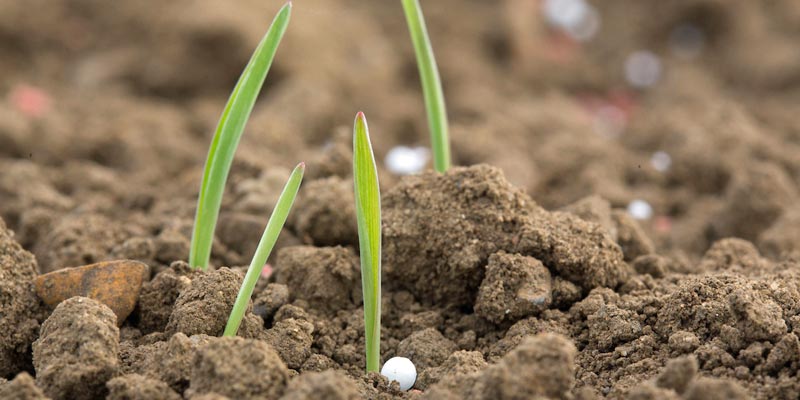
The farming enterprise consists of a 700-hectare arable and livestock farming business based on the island with a further 100 hectares off the island. It is run by a farm manager, who has been with the business for thirteen years, and worked in his current role for the past four. He is BASIS and FACTS qualified.
Advisers
The farm's advisers include a distributor agronomist, who provides agronomic advice to the business, and his colleague who specialises in providing advice on environmental schemes. He is an independent consultant but works almost exclusively with clients of the distributor agronomy company.
As well as providing advice on which environmental schemes to apply for, he also oversees compliance and organises any necessary derogations.
The farm itself is a mixture of land owned by the business and long-term farm business tenancy (FBT) agreements, with the majority on the island.
They have a low-input closed suckler herd of 1,100 head of cattle based at Elmley Reserve on the island, and also have some cattle on the adjacent Swale Nature Reserve (Owned by Natural England but managed by Elmley).
Elmley Nature Reserve
Elmley consists of 3,300 acres of grazing marsh. The reserve manages its own stewardship schemes and the farm manager organises the herd as directed by the owners of Elmley.
The farming business also has grazing land on one farm, which is an FBT and takes hay from these fields. The business is currently in Entry Level (ELS), Mid-Tier and Higher Tier Countryside (HLS) Stewardship schemes. Much of the land in ELS and HLS is on this farm.
Current considerations are around whether to extend the ELS and HLS on the farm in the lead-up to ELMS or to go into Mid-Tier. The soil on the farm is mainly medium to heavy and has benefitted from farmyard manure and has 7% organic matter.
Most of the work on the arable part of the farm is carried out by the agricultural contracting part of the enterprise. The agronomist says: “The fact that the contracting side of the business re-charges the farm concentrates the mind. There is a cost for all activity that is carried out, so it needs to make business sense as well as be sensible from an ecological point of view.”
Cultivation
The business now uses direct drilling and overall aims to move as little soil as possible. This makes sense both from a cost and ecological point of view. However, there is a balance to be struck between environmental measures and the practicalities of profitable farming.
It is not always easy to keep tillage to a minimum, for instance, because of the need to incorporate farmyard manure, and varying weather conditions which may result in the direct drill not working.
The farm has made extensive use of cover crops over the past few years and this has worked really well. Spring wheat and spring barley have been drilled directly into the cover crops with good results and this has also helped to conserve the soil.
Crops grown on the farm include wheat, barley, maize, and oilseed rape, as well as permanent and temporary grassland. There is no strict rotation and the crops grown may alter depending on the prevailing conditions.
With lots of opportunities for environmental activities, and many already taking place, the business seeks to run a practical and profitable enterprise that is environmentally friendly.
Environmental activity
Nutrient and manure management are already an important part of the advice provided to the business. The agronomist is currently working with the farm manager to deliver a soil plan. Trial work has begun using soil scanning and looking at elevations and this is being coordinated with risk maps as well as nutrient and manure management.
Satellite biomass imagery enables history to be built up, and problem areas can be identified, which can then be followed up on the ground. A high level of soil sampling can be carried out, not just looking at the usual indicators (P, K, Magnesium, pH) but also providing analysis of more detailed factors such as organic matter and soil respiration.
This data, therefore, provides a detailed analysis and a base from which any future improvements and rewards for excellence in soil management can be calculated. In terms of cultivation, the farm now uses direct drilling wherever possible and tries to move as little soil as possible.
Cover crops have been adopted and some arable crops are drilled directly into the cover crops.
Flower mixes
There are areas of nectar flowers, pollinator mixes and wild bird seed across the farm. A recent initiative has been the introduction of scrapes into some of the grassland with the benefit of a temporary adjustment from Natural England.
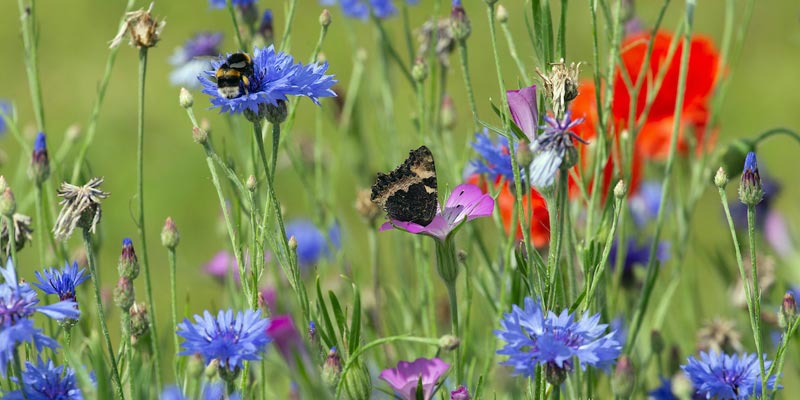
Outreach
The farm manager has led a programme of community engagement. He says: “Farming has begun to get a bad name for things like the use of chemicals and soil erosion. We wanted to engage with the community and educate them about farming and the work we are doing. In particular, we have engaged with the local primary school.”
He has initiated a number of activities. Through the Worshipful Company of Farmers, he has become involved in ‘Facetime a Farmer’, which is being coordinated by LEAF and involves regular Facetime calls to a local school to update them on what is happening on the farm.
He has also been involved in the Living Land event organised by the Kent County Agricultural Society. This event hosts around 3000 children every year and enables them to engage with farming, food, healthy eating and the countryside.
With the local Eastchurch Primary School, the farm manager has started a bee-keeping project designed to engage the children and explain the role of pollinators in agriculture. The farm has purchased two beehives and involved fourteen pupils from the school as trainee bee-keepers.
All the equipment for this exercise has been purchased by the farm including junior bee-keeper suits. Contact was made with a local bee-keeper to provide tuition and the school decorated the beehives.
100,000 bees were purchased, and the honey produced went back into the school as part of its fundraising activities. He says: “We see this activity as part of the long-term environmental strategy for the business, but also believe that it fits well with assurance schemes and the type of activity that retailers are expecting from farming.”
Access
There is extensive public access across the business, particularly as it is located in such an important area for wildlife. The farm manager is actively considering how information signage can be improved within the access areas.
Role of the advisers
Two key advisers for the business are the agronomist and the specialist stewardship adviser - both are BASIS, FACTS and BETA qualified. In addition, the agronomist holds the BASIS Diploma, the industry’s highest qualification.
The agronomist deals with day-to-day agronomy on the farm and has been working with the business for around 15 years. The farm manager points out that the agonomist's role goes well beyond recommendations on product use and includes the overall management of crops and the innovations that have been adopted on the farm including reducing reliance on chemicals, developing soil management and measuring carbon.
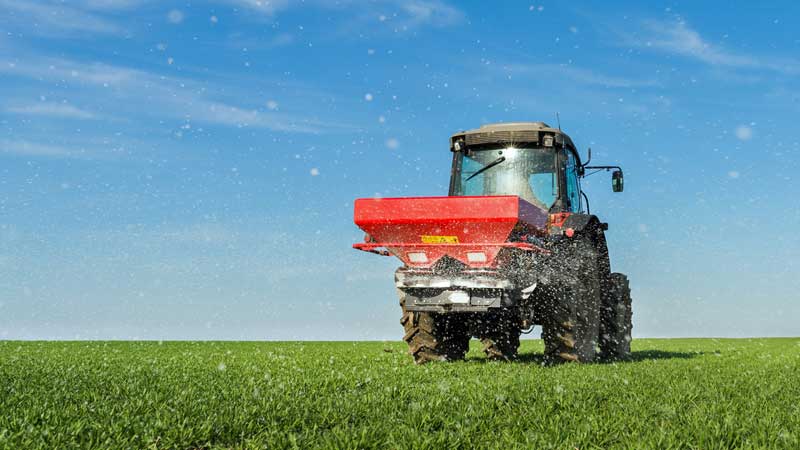
The farm manager is also at pains to point out how important the element of trust is in his relationship with his agronomist. He says: “Of course, we monitor the cost of inputs and make sure we are getting the best deal. However, it doesn’t really matter how my agronomist's time is paid for. Because I trust him, I know he has the best interests of the farm at heart.”
Stewardship Specialist
While the agronomist has a broad understanding of the stewardship schemes and their application for his clients, a specialist adivers deals with any matters concerning the schemes and provides in-depth consultancy to the agronomist and the farm manager.
The specialist adviser, who has also been working with the business for around 15 years, is responsible for dealing with Natural England or the RPA, and this includes applying for derogations or minor temporary adjustments such as early grass cutting. He has a long history of being involved with stewardship in the area and working with the local agencies concerned.
He says: “As far as the environmental schemes are concerned, I am doing the administration work that the farmers don’t want to do. The farm manager would admit that he just doesn’t have the time to deal with the details of the environmental schemes on top of all the other work he has to do.”
Both agronomist and specialist adviser point out that their relationship with their clients, including this farm, has changed significantly over the past fifteen years. It has moved away from a role of advising on which products to use, to a more holistic approach including soil analysis and, of course, environmental considerations.
Through its consultancy, the distributor agronomy company maintains all the information required for the Environment Agency, Natural England and the RPA. For this specific farm this system produces a nutrient management plan and manure management plan, and a soil plan is currently being written for the farm.
Emphasising his reliance on his two advisors, the farm manager says: “Without our agronomist we would just be farming conventionally, and without the help of a stewardship specialist adviser we wouldn’t be able to farm at all. I am a working farm manager, and I don’t have time to do the things that they provide for me. I know I am getting up-to-date and correct advice that ultimately pays for itself.”
How ELMS might work
Although the stewardship specialist adviser has been involved in groups discussing the way that ELMS will work, there is still a degree of uncertainty about the future. For instance, he currently handles all derogations and temporary adjustments, and this activity has to go through the RPA.
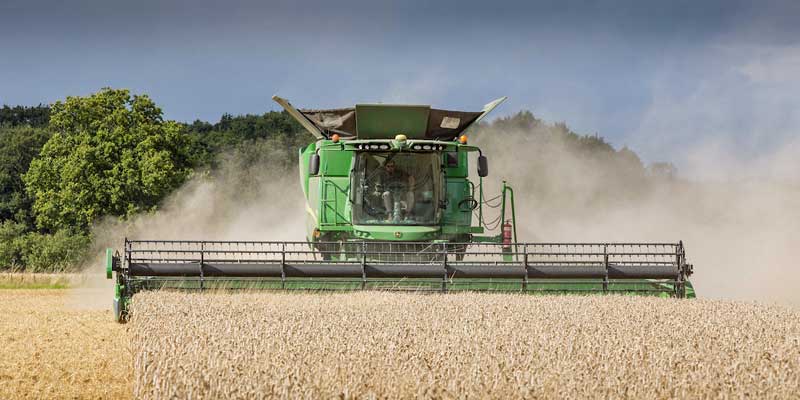
In the past, he built up a close working relationship with the officers of Natural England, and he hopes that with ELMS it will be possible to return to dealing with these local officials, who have knowledge of the area.
He also believes that there would be considerable benefits to a more flexible approach to the regulations compared to the current schemes. He says: “Sometimes I have to restrain the farm manager from doing more environmental measures, not because they are harmful but because they are not allowed under the current schemes.”
Cashflow
Planning for the transition to ELMS, cashflow remains an issue. Ryan and his advisors want to plan in such a way that there is a seamless transition from current stewardship and BPS (Basic Payment Scheme) to ELMS with no loss of income in-between.
This is vital to ensure that the farm remains a viable business. The farm manager says that lack of current information about how ELMS will work is frustrating as they try to make immediate decisions, while planning for the future of stewardship on the farm.
Lots of opportunities
For a farm like Old Rides there are lots of opportunities to meet the ELMS’ criteria. It has large numbers of over-wintering and breeding waders. There are SSSI saltings, much of the land is operated under min-til, there are lots of nectar flower and pollinator mixes and wild bird seeds.
The farm's stewardship specialist adviser therefore envisages that the schemes they are in will run their course, or they will be cancelled early in order for the farm to enter ELMS.
Given this, he believes that a move into ELMS as soon as possible would make sense, both in environmental and economic terms. However, it is important in the meantime to ensure that the farm is not penalised for entering into new schemes or extending the schemes it is in.
Looking at the current information available, it appears that the farm would meet the criteria to enter the Sustainable Farming Incentive component of ELMS at the highest level, and the stewardship adviser is hopeful that future payments will be equal to the farm’s current income from stewardship and BPS (Basic Payment Scheme).
Areas for ELMS
Areas which are already being covered or could potentially be added to meet the ELMS criteria include:
- Soil management
- Boundary features
- Slurry/manure management
- Appropriate fertilisers
- Crop management
- Drainage management
- Management of grasslands
- Signage and information
- Access facilities
- Engagement/Events
- Management of wetlands



